Retro Replay Review
Gameplay
Quarterstaff places you in the role of Titus, an intrepid adventurer tasked with leading a party into the mysterious Tree Druid colony to uncover the fate of its vanished inhabitants. Right from the outset, the game balances character creation with party management, allowing you to recruit companions with complementary skills—warriors, mages, and explorers—each bringing unique abilities to puzzles and combat scenarios. The depth of the party system means that choosing the right mix of characters is crucial, especially when facing the varied supernatural threats that lurk in the forest and ancient druidic ruins.
(HEY YOU!! We hope you enjoy! We try not to run ads. So basically, this is a very expensive hobby running this site. Please consider joining us for updates, forums, and more. Network w/ us to make some cash or friends while retro gaming, and you can win some free retro games for posting. Okay, carry on 👍)
One of the most striking features of Quarterstaff is its hybrid command interface. The game fully leverages the early Mac OS pull-down menus and dialog windows for movement, actions, and inventory management, while still offering the option for text-based commands through a reasonably sophisticated parser. This dual approach caters to both fans of graphical RPGs and veterans of text adventures: you can click through a menu to issue a “Search” command, or type “search room” to achieve the same result. The inclusion of an auto-mapping feature elegantly bridges exploration and navigation, automatically logging rooms and corridors as you travel and eliminating the need to sketch maps by hand.
Combat and puzzle design in Quarterstaff feel like a natural extension of its interface innovations. When hostilities arise, the game seamlessly transitions to a tactical, turn-based battle screen, allowing you to position party members, cast spells, or strike with weapons. The puzzle elements are thoughtfully interwoven with the narrative: deciphering druidic runes, solving environmental riddles, and managing resources like torches and healing herbs. Though the challenge can spike unexpectedly—thanks to hidden traps or ambushes—the game largely rewards careful exploration and smart use of each character’s strengths.
Graphics
As one of the first role-playing games designed specifically for the Macintosh, Quarterstaff takes full advantage of the system’s black-and-white graphical capabilities. The tile-based map and character portraits are rendered with crisp line art, giving the world a classic, storybook quality that still holds up for retro-enthusiasts. While the absence of color may seem limiting today, it contributes to the game’s atmospheric charm, casting every forest glade and druidic shrine in stark, haunting contrasts.
The user interface is another highlight: menus drop down smoothly, windows can be opened, closed, and resized, and icons convey essential information at a glance. Inventory screens use simple but effective icons to represent items—potions, scrolls, weapons—making party management intuitive even for players new to the genre. The auto-mapping panel updates in real time, filling in corridors and rooms as you move and allowing you to zoom or pan across the area. For its era, this level of polish and responsiveness was virtually unheard of in a multi-window environment.
Although you won’t find animated cutscenes or high-resolution sprites, Quarterstaff’s graphics deliver a consistent aesthetic that complements its gameplay and story. The occasional static illustration—of an ancient druid statue, or the murky interior of a fallen temple—serves as a mood setter, breaking up long stretches of text or menu navigation. In short, the game’s visuals shine not through lavish detail, but through thoughtful design choices that were ahead of their time and remain a delight for fans of vintage Mac gaming.
Story
At the heart of Quarterstaff lies a narrative steeped in druidic lore and forest magic. You take on the persona of Titus, a determined adventurer drawn to the Tree Druid colony by whispers of a strange disappearance. The premise is simple yet evocative: an entire community, guardians of ancient woodland secrets, has vanished without a trace, leaving behind only cryptic runes and silent groves. As you delve deeper, you uncover threads of betrayal, forbidden rituals, and the timeless conflict between nature’s harmony and dark sorcery.
Dialogue and textual descriptions drive much of the story forward. Conversations with surviving forest spirits, recovered druidic journals, and encounters with wayward bandits all paint a vivid tapestry of a world on the cusp of imbalance. The game cleverly integrates story beats into exploration: finding a shattered totem might reveal a druid’s final words, or stumbling upon an overgrown shrine could trigger a vision that sheds light on the colony’s last days. This blend of environmental storytelling and direct exposition keeps you engaged and always hunting for the next clue.
The narrative pacing is deliberate, rewarding players who take time to observe, experiment, and piece together lore. Side paths off the main trail often lead to hidden druid sanctuaries or mystical trials that expand upon the central mystery. While some plot developments unfold through text, the emotional payoff—discovering the fate of the druids and the true power behind their ancient rites—feels earned. Infocom’s later republishing as Quarterstaff: The Tomb of Setmoth added a few refinements to dialogue and worldbuilding, but the core story remains intact, resonant, and full of memorable twists.
Overall Experience
Playing Quarterstaff today is like stepping into a time capsule of early Mac gaming innovation. The game’s hybrid interface—melding pull-down menus with text commands—still feels fresh compared to many modern indie titles that attempt similar crossovers. Auto-mapping, multi-window management, and a parser that understands nuanced input all contribute to a comfortable experience that smoothly blends exploration, puzzle-solving, and tactical combat. It’s a testament to the developers’ vision that these features remain highlights, rather than relics.
Of course, longevity comes with quirks: some text descriptions can be terse, parser misunderstandings may require rephrasing commands, and the black-and-white visuals, while charming, lack the immediacy of color graphics. Difficulty spikes in later areas may frustrate newcomers, and the lack of voice acting or modern cinematics means pacing relies entirely on text and occasional static imagery. Yet for players willing to embrace its vintage style and depth, Quarterstaff delivers a uniquely rewarding journey.
In terms of value, Quarterstaff appeals to collectors of Mac RPG history, fans of text-enhanced gameplay, and anyone curious about the foundations of modern role-playing design. If you’re intrigued by druidic mysteries, enjoy managing a small cadre of adventurers, and appreciate the novelty of early GUI-driven RPGs, this title is well worth exploring. With its enduring charm, thoughtful interface, and engrossing story, Quarterstaff stands as a pioneering classic that continues to inspire and challenge players decades after its original release.
 Retro Replay Retro Replay gaming reviews, news, emulation, geek stuff and more!
Retro Replay Retro Replay gaming reviews, news, emulation, geek stuff and more!
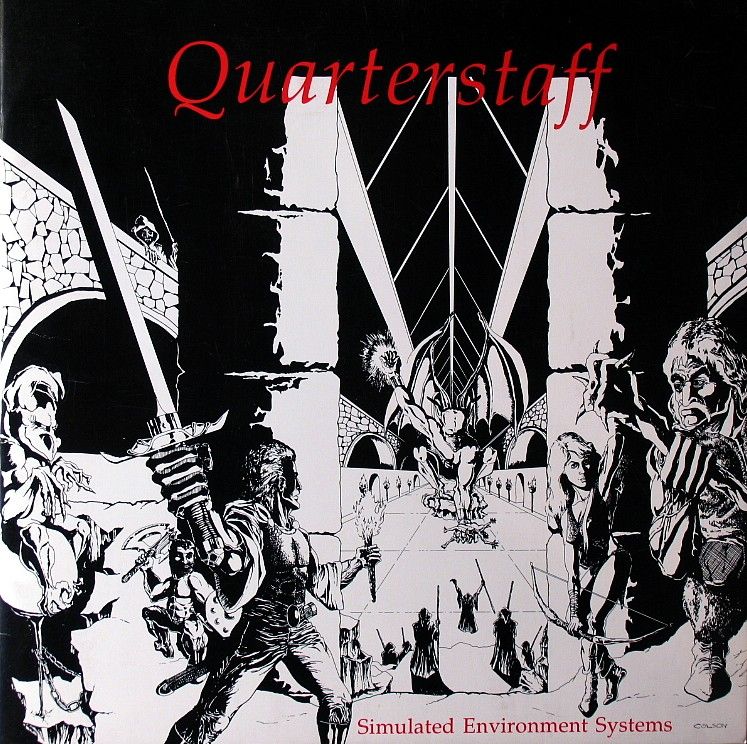
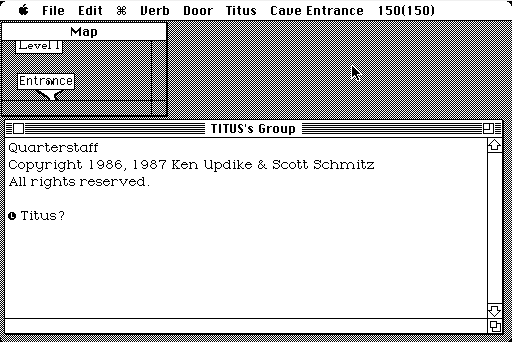
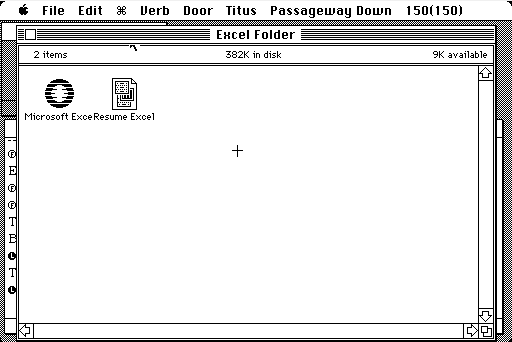
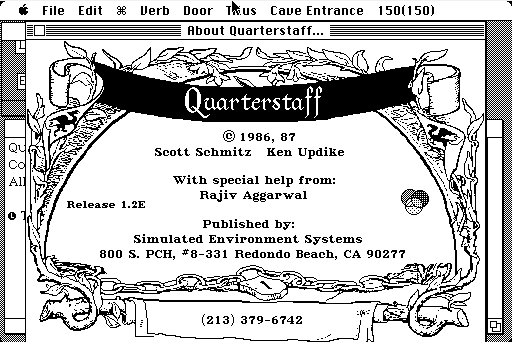
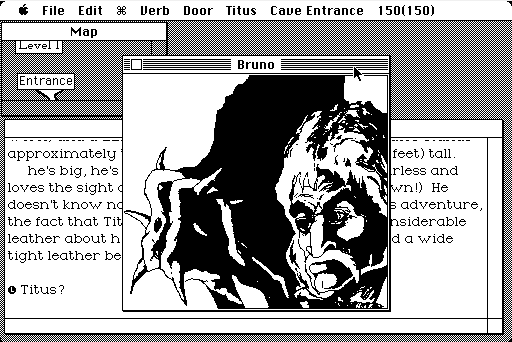



Reviews
There are no reviews yet.